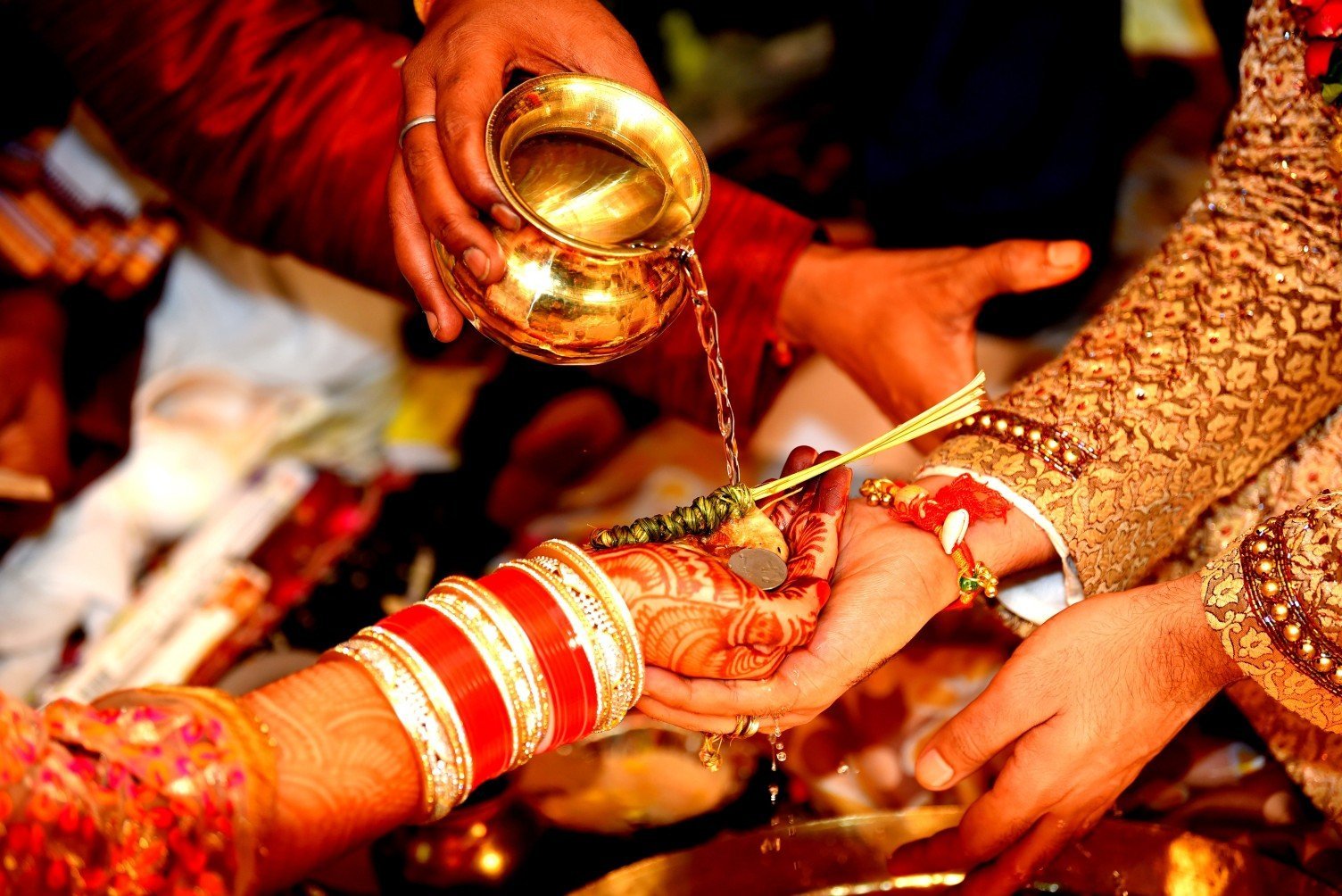The concept of Gotra holds significant importance in Indian culture, particularly in Hindu traditions. Derived from Sanskrit, the term “Gotra” is deeply intertwined with family lineage, ancestry, and identity. Here are some fascinating facts about Gotras that shed light on their history, meaning, and cultural relevance:
1. Origin of Gotras
- The word “Gotra” is derived from two Sanskrit words: “Go” (meaning cow) and “Tra” (meaning protection). Historically, it referred to a group of people who protected cows, symbolizing wealth and sustenance in Vedic times.
- Gotras were first established during the Vedic era, attributed to the sages (Rishis) who were the founding ancestors of various lineages.
2. Gotra and Rishi Connection
- Each Gotra traces its lineage to one of the seven or eight legendary sages (Sapta Rishis) in Hinduism, such as Vishwamitra, Vashishta, and Bharadwaja.
- A Gotra signifies a descendant of a specific sage, ensuring the preservation of that Rishi’s teachings and values.
3. Gotra in Marriages
- Gotras play a crucial role in traditional Hindu marriages. People belonging to the same Gotra are considered siblings due to their shared ancestry and are prohibited from marrying each other (a practice known as Sapinda rule).
- This rule ensures genetic diversity and prevents consanguineous marriages.
4. Non-Brahminical Gotras
- While Gotras are commonly associated with Brahmin families, they are not exclusive to them. Kshatriyas, Vaishyas, and even some non-Hindu communities have adopted Gotra systems over time.
5. Gotra and Modern Science
- The Gotra system’s prohibition on marrying within the same Gotra has interesting parallels with modern genetics. It indirectly promotes genetic diversity, reducing the risk of hereditary disorders caused by close familial ties.
6. Number of Gotras
- Initially, there were seven primary Gotras linked to the Sapta Rishis. Over time, the number expanded as families branched out, creating new Gotras. Today, there are hundreds of Gotras, each representing unique lineages.
7. Gotra Naming
- A Gotra is usually passed down from the father to children in a patriarchal tradition. However, in some communities, maternal lineage is also considered.
8. Connection to Caste and Varn
- Gotras are independent of caste or varna systems, although they are often used in combination with caste identities.
- They represent a spiritual lineage rather than a professional or societal classification.
9. Gotra in Other Religions
- While primarily a Hindu concept, some Jain and Buddhist communities also recognize Gotras, showcasing its cultural influence beyond Hinduism.
10. Gotra Practices Today
- In urban and globalized contexts, Gotras still hold sentimental and cultural value for many families.
- While marriage rules and rituals around Gotras have relaxed in some communities, the concept remains a source of pride and connection to ancient heritage for many.
Conclusion
The concept of Gotra is a fascinating blend of spirituality, ancestry, and science. It reflects the wisdom of ancient Indian society, emphasizing the importance of lineage and diversity while connecting modern generations to their roots. Whether viewed as a cultural relic or a meaningful tradition, Gotras continue to intrigue and inspire millions around the world.
Do you know your Gotra? Share your thoughts or experiences related to this ancient tradition in the comments below!
Leave a Reply
You must be logged in to post a comment.

